Highlights

Interview with Artist Arnold Chang and Exhibition Curator Clarissa von Spee
My process is different from many contemporary Chinese ink painters. I don’t begin with a clear image in my mind. I generally just start by making a few lines and then allow the brush to lead me. I react to the textures that naturally arise from the interaction of the ink and paper.

An Interview with Professor Ide Seinosuke of Kyushu University
In March of this year, Professor Ide Seinosuke will retire from Kyushu University after twenty-one years as a faculty member, having previously worked for seventeen years (1987–2003) at the Tokyo National Research Institute for Cultural Properties.

An Interview with Chris Hall
In the 1980s I bought both Japanese and Chinese textiles. I decided to focus on Chinese textiles because I could see there was a unique opportunity to put together a great collection whereas I could not do the same with Japanese textiles.
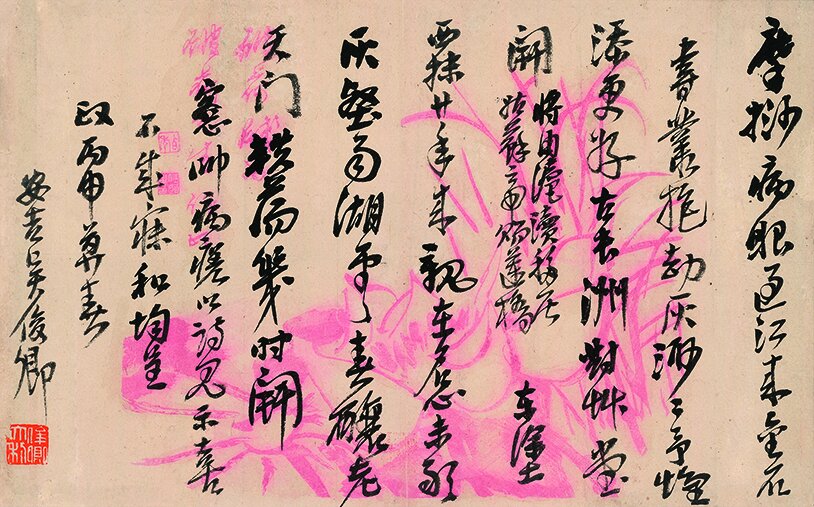
Wang Tiande: Transforming Art by Collecting
Trained in Chinese painting and calligraphy at the Zhejiang Academy of Fine Arts (now China Academy of Art), Wang is well versed in classical aesthetics and literati idealism, but remains conscious not to let tradition limit his creativity.
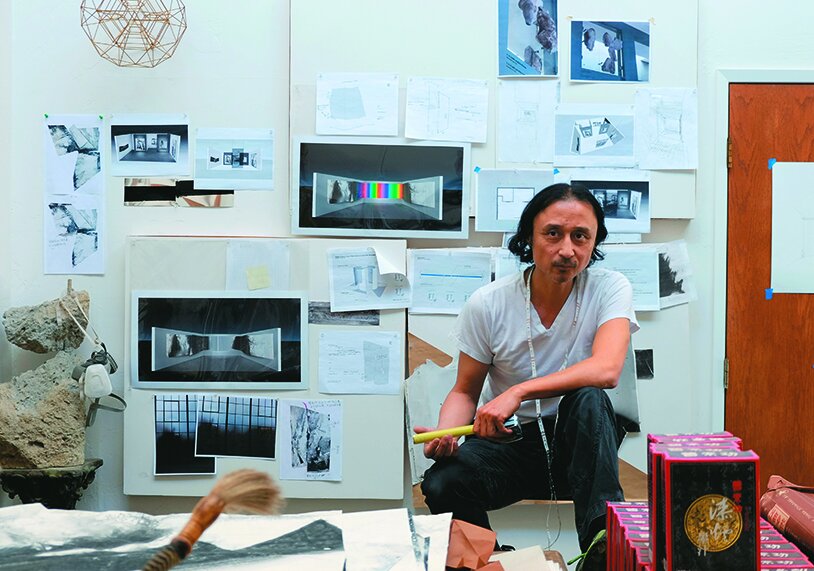
Materials of Inspiration: Zheng Chongbin
Contemporary artist Zheng Chongbin (b. 1961, Shanghai) has turned Chinese painting inside out, focusing on its materials and surface, the performance and process of painting.
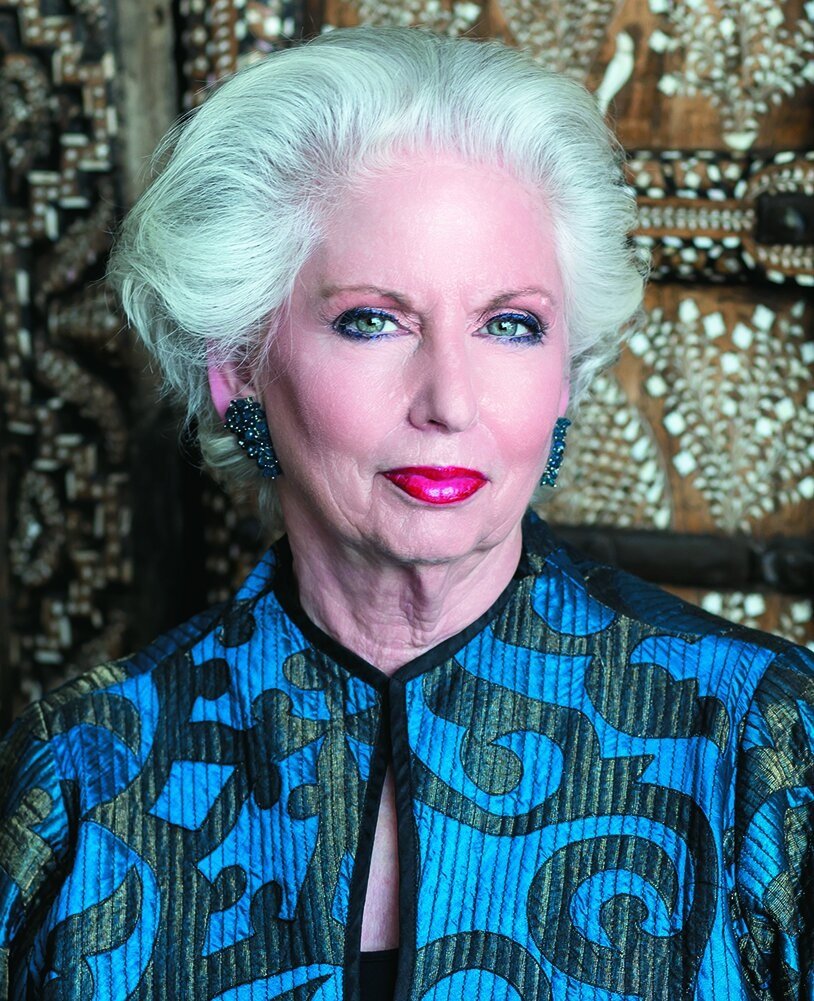
Exquisite Aesthetics: An Interview with Barbara Levy Kipper
The exhibition ‘Vanishing Beauty: Asian Jewelry and Ritual Objects from the Barbara and David Kipper Collection’, on view at the Art Institute of Chicago from 19 June to 21 August this year, showcased the extensive collection of jewellery as well as ritual objects from the Himalayas and other Asian regions to be gifted to the museum by Barbara Levy Kipper.
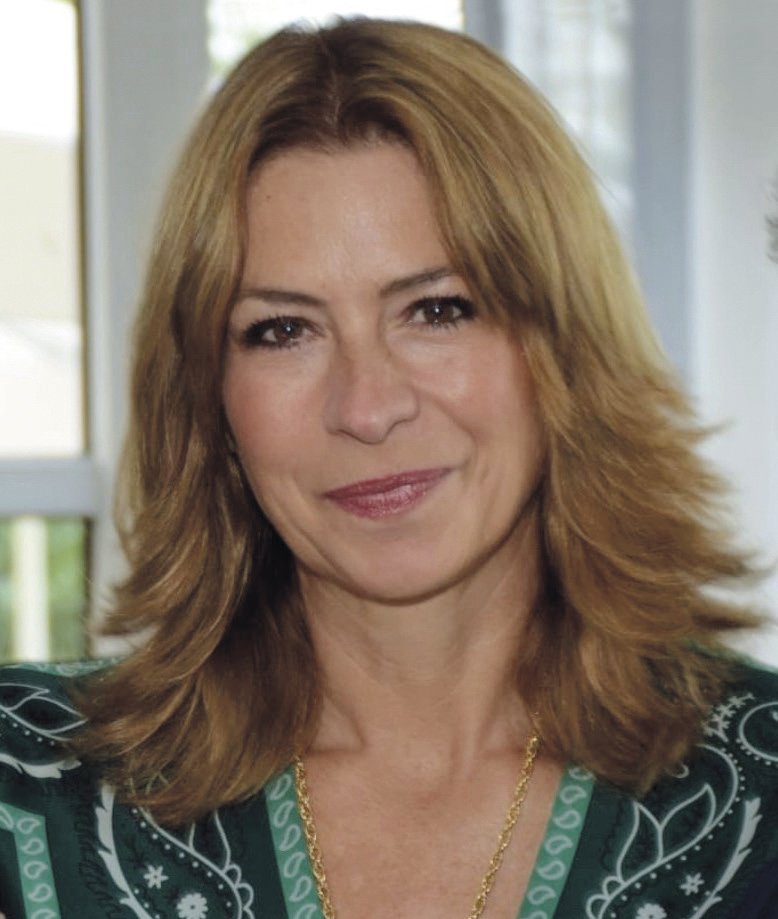
An Interview with Jacqueline von Hammerstein-Loxten
World-renowned Asian art dealer and collector C. T. Loo (1880–1957) masterminded the inception and realization of the Pagoda. Loo commissioned the Pagoda in 1926 and with the help of the architect Fernand Bloch (1864–1945).

In Conversation with Wang Xudong, Director of the Dunhuang Academy
The Mogao caves at Dunhuang comprise 492 cave temples, replete with murals, statuary and manuscripts accumulated over the course of 1,000 years, from approximately the 4th to the 14th century. As such, the site is considered one of the most significant troves of Buddhist art anywhere in the world.
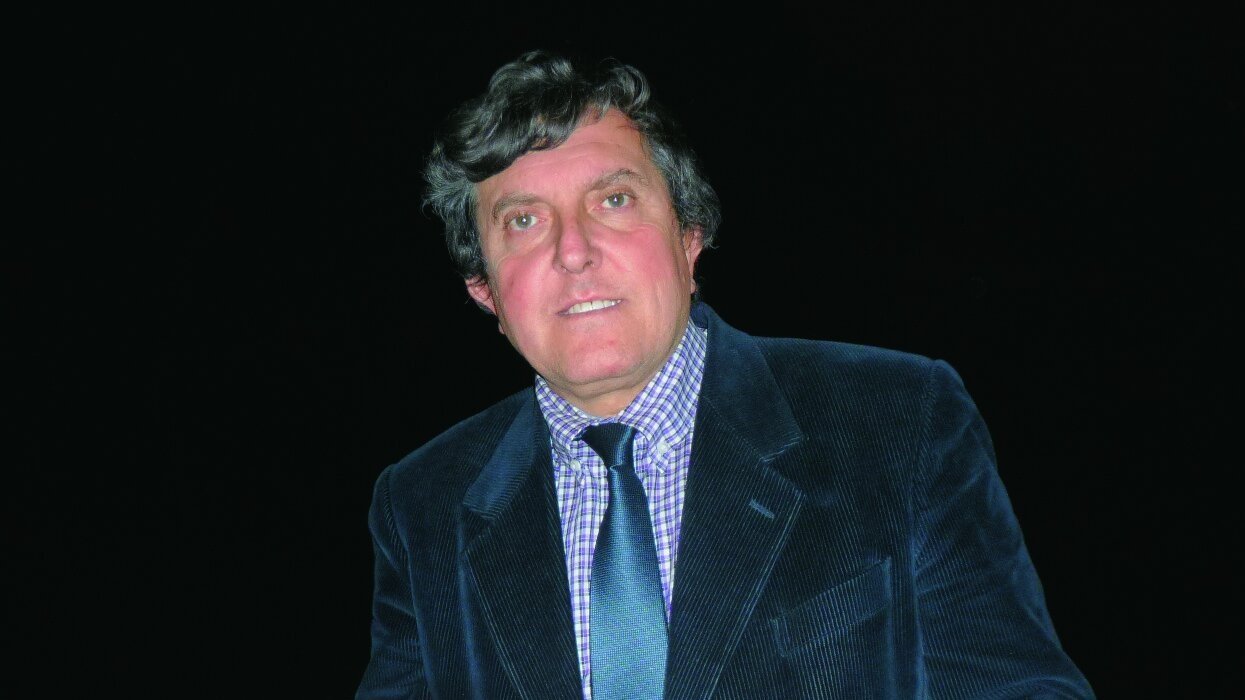
Evolution of a Museum: An Interview with Francesco di Gennaro
The Museo Nazionale d’Arte Orientale ‘Giuseppe Tucci’ (MNAO) in Rome was established in 1957 and opened to the public in 1958. With a focus on Asian art, its existence can be largely attributed to the work of the scholar and explorer Giuseppe Tucci (1894−1984).
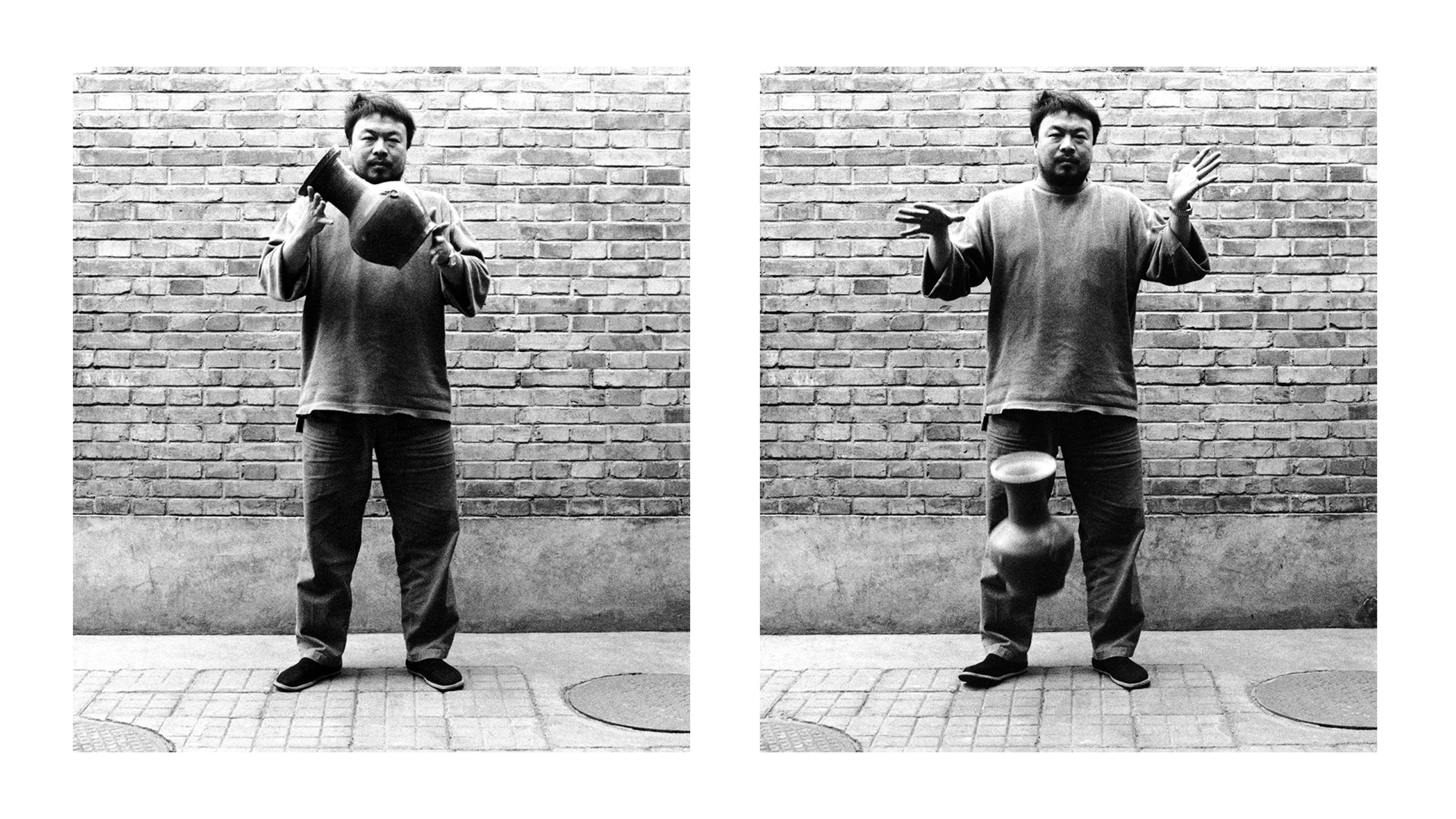
A Battlefield of Judgements: Ai Weiwei as Collector
One wonders, however, whether this artist is not best known for the wrong reasons. Ai Weiwei, son of the celebrated modern poet Ai Qing (1910–96), has a side that is often overlooked. This larger-than-life figure is one of the most passionate collectors and connoisseurs of Chinese antiquities, particularly jade, that I have met. In fact, he financed much of his early work as a contemporary artist through the sale of antiques.
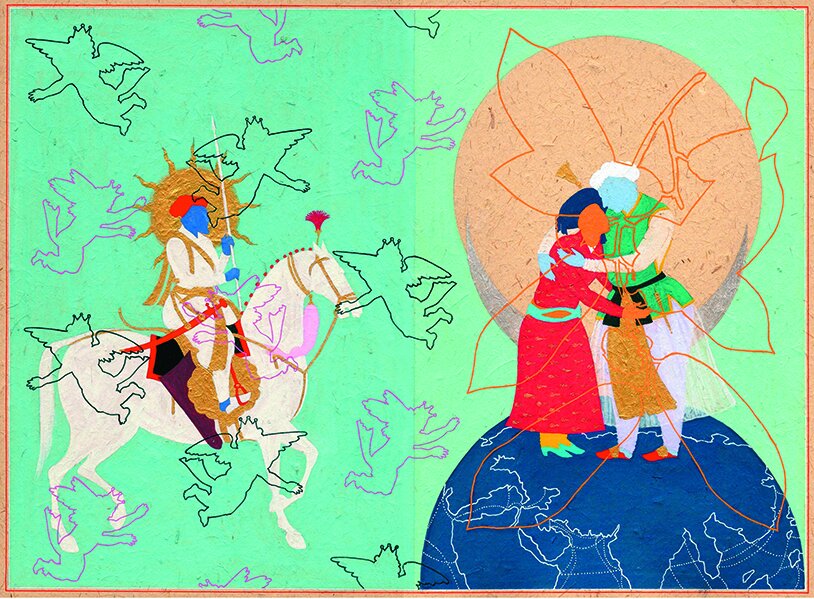
Loaded Histories: The Global Constructions of Nusra Latif Qureshi
One of the most striking qualities about the work of contemporary artist Nusra Latif Qureshi is how she illustrates the absent. Her work embraces the traditional, while maintaining a shrewd eye towards historical content and the conceptual. Born in 1973, Qureshi earned her BFA at the National College of Arts (NCA) in Lahore, as part of a contemporary miniature painting programme . Like her classmates, she began her training by copying illustrated manuscript paintings from the Mughal, Rajput and Persian schools. The focus on technical precision, repetitive exercise and careful observation that this required acted as a stepping-stone towards contemporary global art practice.

Pursuing the Aesthetic: An Interview with Lee Min-te and Patty Liu
In October 2012, Taiwan’s Ching Wan Society marked its 20th anniversary with an exhibition of bronzes, porcelain, paintings and works of art selected from the collection of its members at the National Museum of History, Taipei (see Hsiung Yi-Ching, ‘The Ching Wan Society: Twentieth Anniversary Reflections, Orientations, October 2012, pp. 85–89). The objects shown included works owned by Lee Min-te, who collects Chinese ceramics and works of art, and his wife Patty Liu, who is interested in Chinese 20th century and contemporary paintings. Orientations visited Lee and Liu at their home in Taichung to talk about their collecting journey.
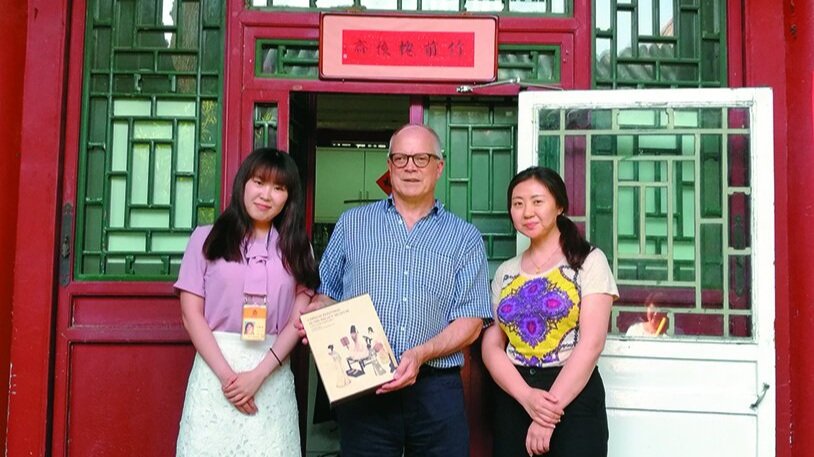
Autumn Viewing in the Forbidden City: An Interview with Dickson Hall
In late 2016, The Forbidden City Publishing House released a colour edition of a catalogue of the early paintings in the Palace Museum, Beijing that had originally been published in the late 1980s. The catalogue, Chinese Paintings in the Palace Museum (4th–14th Century), is unique in that it was written in English by a Western scholar with unprecedented access to the paintings, and in that it was intended as a guide for Westerners visiting the regular autumn display of the works. The author, Dickson Hall, was one of the first Westerners to study at Beijing’s Central Academy of Fine Arts (CAFA) after the Cultural Revolution (1966–76).
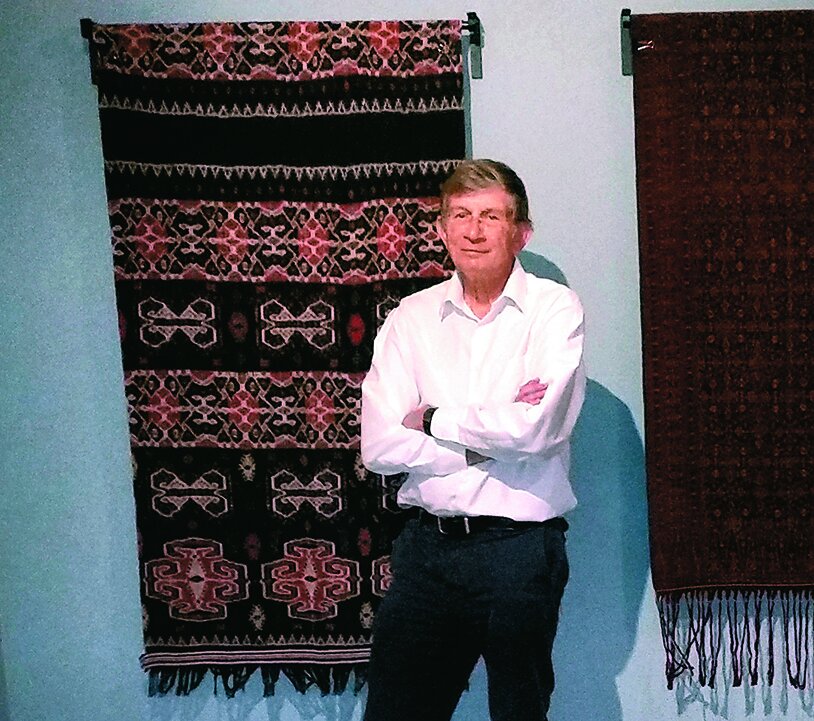
Woven Languages: An Interview with Peter ten Hoopen
Growing up in the Netherlands in the 1950s, I came into contact with Indonesian culture at an early age. Neighbours who had lived in ‘Indië’ loved to display whatever works of art they had brought home from this enchanted world, with its hints of mystery and magic. In 1975 a friend showed me an ikat from Sumba. With its intriguing, scintillating patterns, it immediately fascinated me.

An Interview with Amna Naqvi
Amna Naqvi’s lifelong love of art, literature and learning has come together in the AAN Foundation, an effort to provide sup-port and platforms for cultural projects related to Asia. Born in Pakistan, Amna and her family now call Hong Kong home, having also lived previously in Indonesia and Singapore. Although contemporary art is a major passion—the AAN Collection is the largest such private assemblage of Pakistani contemporary art—history figures prominently in her interests and in her development as a collector and arts patron. Alexandra Seno talks with Amna about her connection with art.
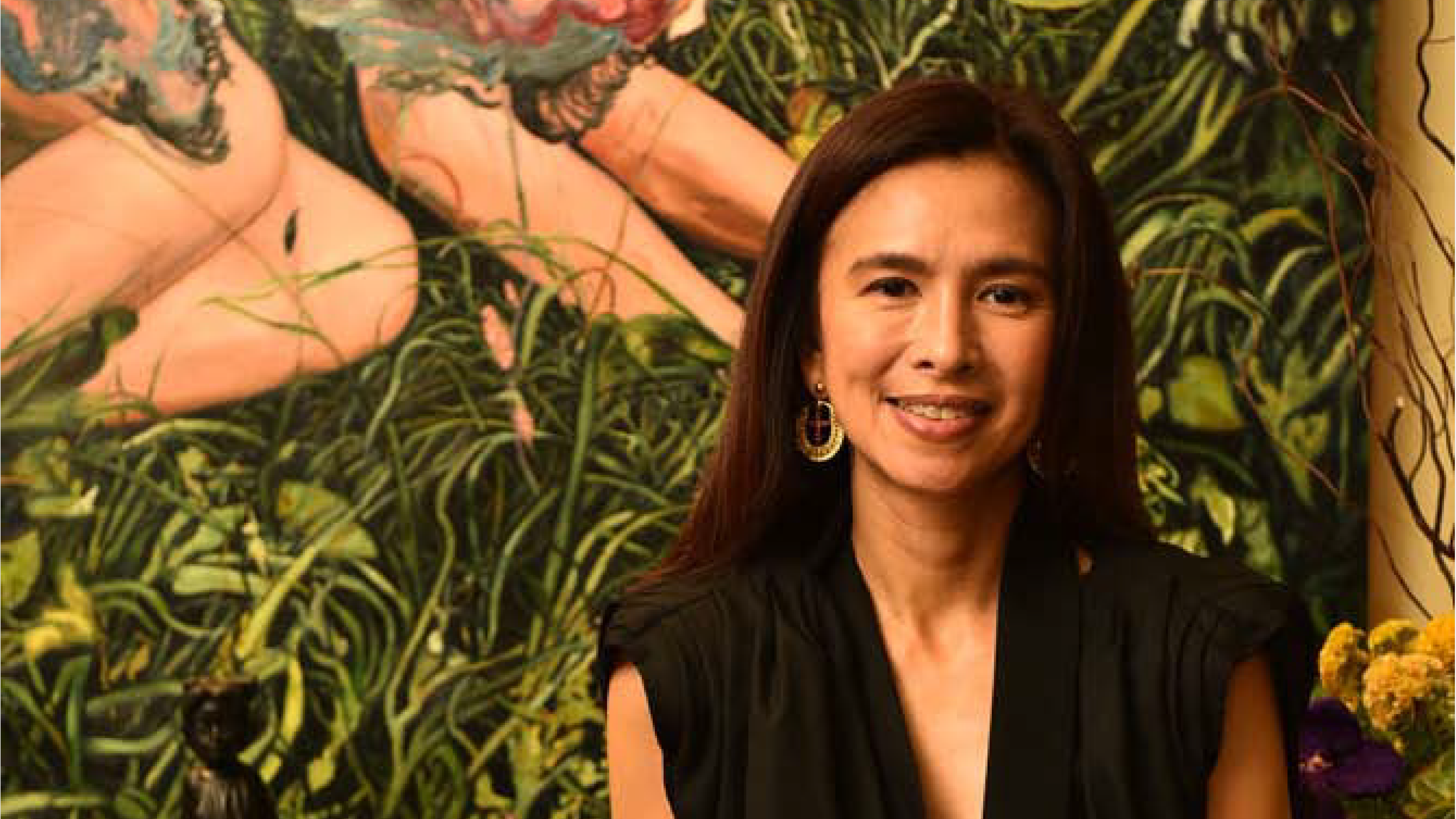
An Interview with Trickie Lopa
In 2006 Trickie Lopa founded the affordable art fair Art In The Park, together with Lisa Ongpin-Periquet, to raise funds for the Museum Foundation of the Philippines, of which she was then a board member. In 2012, the duo set up Philippine Art Events Inc., and together with Dindin Araneta, they now manage Art In The Park, Art Fair Philippines (founded in 2013) and The Nonesuch fair (established in 2017). Orientations talked to Trickie about her taste in art, how she developed her collection and how she displays it in her Manila home.

An Interview with Kjeld von Folsach, Director of the David Collection
The David Collection in Copenhagen, Denmark, was founded in 1945 by the prominent lawyer Christian Ludvig David (1878–1960). The collection, consisting of three main categories—Islamic art, 18th century European art and Danish early modern art—is housed in the building that was once his residence and a neighbouring property acquired in 1986. It is entirely funded by private means through the C. L. David Foundation and Collection, which also supports other institutions, excavations and publications. In his role as director since 1985, Kjeld von Folsach has overseen the strengthening of the collection and the total renovation and reinstallation of the museum. We speak to him about the evolution of the collection and future plans for the museum.
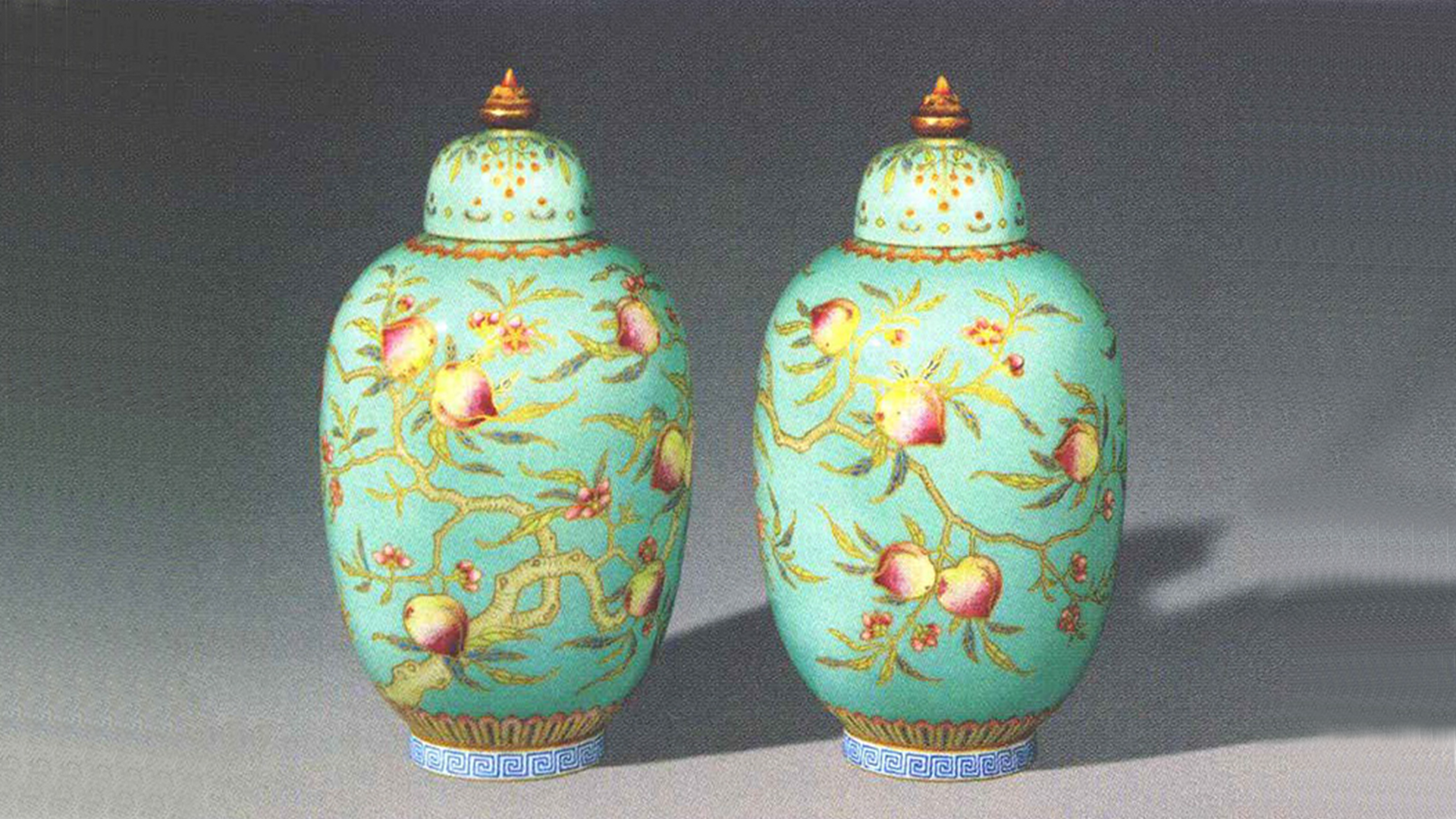
Conversation with a Collector
The Wangxing Lou Collection, assembled over the last twenty years, is considered one of the foremost Chinese private collections of Qing period (1644-1911) imperial ceramics. The collector, who prefers to remain anonymous, spoke to Henry Howard-Sneyd about his fascination with Qing ceramics.
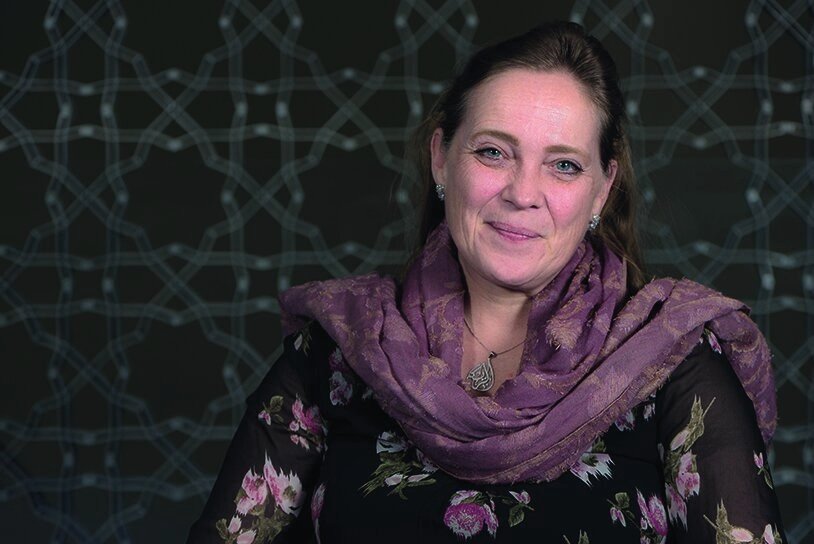
An Interview with Dr Ulrike Al-Khamis: Interim Director and CEO, Aga Khan Museum
Since the museum’s opening in 2014, we have worked consistently to foster a greater appreciation of the contributions that Muslim civilizations have made, and continue to make, to world heritage, as well as the intercultural dialogue and interconnectedness between them and other cultures.

An Interview with Japanese Painting Collectors Robert and Betsy Feinberg
In this interview Yukio Lippit, co-curator of the exhibition ‘Painting Edo: Japanese Art from the Feinberg Collection’ (14 February–26 July 2020) at the Harvard Art Museums, talks to the Feinbergs about their almost half-century of collecting.
